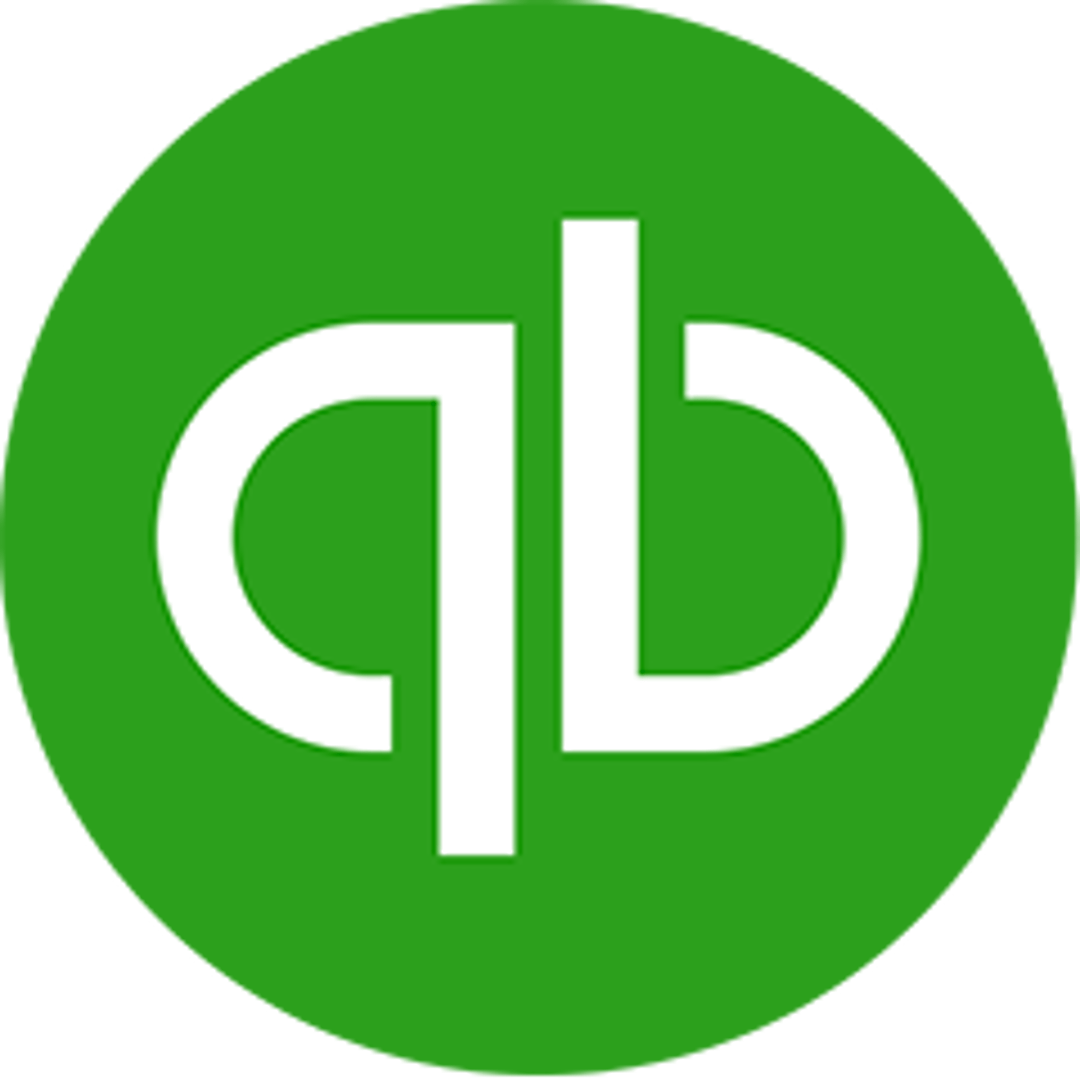CAC vs COGS
Customer Acquisition Cost (CAC) and Cost of Goods Sold (COGS) measure fundamentally different aspects of business expenses. CAC calculates the total cost of acquiring a new customer, including marketing and sales expenses divided by the number of new customers gained during a specific period, focusing on the efficiency of customer acquisition efforts. COGS, however, represents the direct costs associated with producing and delivering the products or services a company sells, including raw materials, direct labour, and manufacturing overhead, reflecting the production efficiency and directly affecting gross profit margins.
A software-as-a-service company should analyze CAC when evaluating the effectiveness of different marketing channels or determining sustainable growth rates, as it reveals how much investment is required to expand the customer base. For instance, if a company's CAC has increased significantly while conversion rates remain stable, they might need to reassess their marketing strategy or sales process. In contrast, the same company would focus on COGS when pricing their services or optimizing server infrastructure costs, as these directly impact the cost of delivering their software to each customer. If the company is deciding between building their own data centres or using cloud services, a thorough analysis of how each option affects their COGS would be crucial, while CAC would remain largely unaffected by this operational decision.
Customer Acquisition Cost
Cost Of Goods Sold
What is it?
Customer Acquisition Cost (CAC) is the cost a business incurs to acquire a new customer. This includes the fully loaded costs associated with sales and marketing to attract a potential customer and to convince them to purchase, divided across all new customers.
The Cost Of Goods Sold (COGS) is the measure of direct costs incurred by a company to manufacture or deliver their product or service. Costs typically include raw material and direct labour, but this varies from business to business, depending on the products or services that are being sold. COGS is the building block to understanding Gross Margin and Gross Margin Percent.
Who is it for?
Categories
Formula
Example
Say a company has the following breakdown of their sales and marketing expenses in one month: Sales and Marketing Salaries- $15,000 Travel Expenses- $500 Commission paid- $3000 Tech Stack-$500 Ads- $1000 In total, their sales and marketing efforts for the month are $20,000. Now, say for that month those efforts enabled the company to acquire 5 new customers. Dividing that total by 5 shows that the company spent $4,000 per new customer. Their CAC is then $4,000 for that period.
A SAAS based Company A has the following costs that were incurred in a month: Amazon Web Services hosting costs: $30,000 Site Reliability Engineering Salaries: 45,000 Customer Support Salaries: $10,000 Consultant hired to work on infrastructure: $5,000 The total COGS for Company A this month is: $90,000
Track this metric
Published and updated dates
Date created: Oct 12, 2022
Latest update: Mar 21, 2024
Date created: Oct 12, 2022
Latest update: Mar 18, 2024

